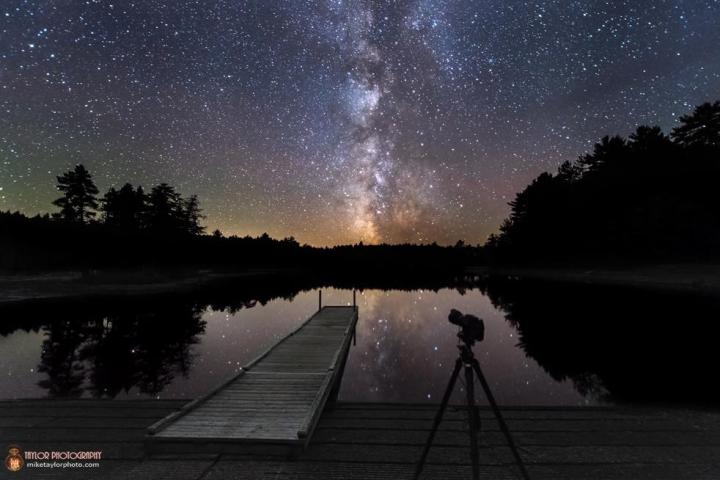

Calling the current situation a “cultural loss of unprecedented magnitude,” lead author Fabio Falchi of the Light Pollution Science and Technology Institute in Italy noted the magnitude of the effects of light pollution today. Modern lighting has actually made it impossible for 77 percent of those in the U.K. to see the Milky Way, and unsurprisingly, in China, the situation is even worse.
“Humanity has enveloped our planet in a luminous fog that prevents most of Earth’s population from having the opportunity to observe our galaxy,” the study authors wrote in their findings.
Scientists were able to determine our dearth of starlight by collecting data from space from the Suomi National Polar-orbiting Partnership satellite, and coupling this information with computer models of sky luminescence, as well as field studies of sky brightness taken from both professionals and the public. Ultimately, the researchers concluded, more than 99 percent of those living the U.S. and EU member states experience “light pollution” — and only in areas like central Scotland, Corsica, or central Spain do people live in non-polluted environments.
“It’s really one of the most thorough studies that we have to date on light pollution across the globe,” Cheryl Ann Bishop, who is the communications director for the International Dark-Sky Association, which fights light pollution, told NPR. “The fact that we’re bathing our planet in artificial light at night is a relatively new phenomenon, and it’s essentially akin to a human experiment that we’re only just beginning to understand the ramifications of.”


